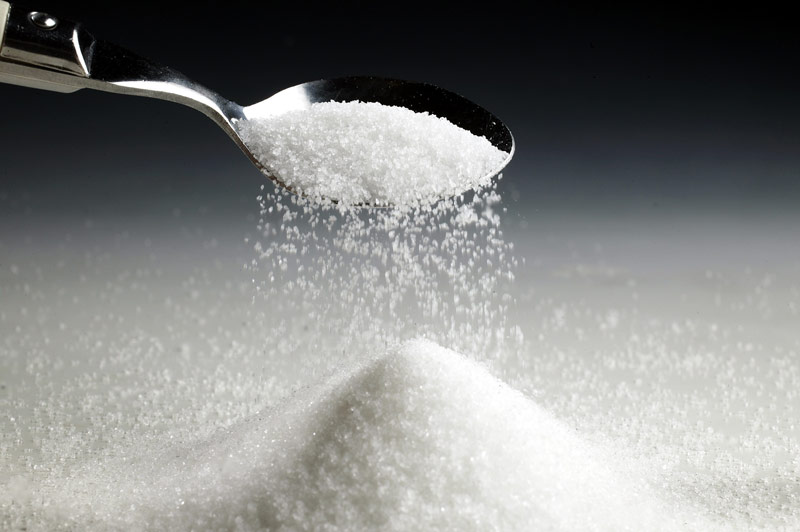
5 November 2020
World sugar market development
Raw sugar prices bounced back strongly since the low point in April when a price of USc9.05/lbs was recorded. Despite worries in regards to demand destruction on back of the ongoing Covid-19 pandemic prices are back to levels seen at the beginning of the year. Last price recorded in October was USc14.36/lbs after a late month sell off from a level above the USc15.00/lbs mark. Driving forces have been a continued strong demand for Brazilian sugar as well as weather related concerns in regards to next year’s crop outlook and reduced crop estimates in a number of countries. Lately, the most notably driver has been the absence of a decision by the Indian government in regards to export subsidies in the 2020/21 season.
In Centre/South Brazil, sugar mills have started to shut down and the crushing pace has thereby started to slowdown. According UNICA 36.9 mill. mt of cane crushed (-2.1% year-on-year) was crushed in the first two weeks of October and 2.6 mill. mt of sugar produced (+36.5% year-on-year), implying a very high sugar/ethanol ratio. Accumulated for the season 538.1 mill. mt of cane (+5.1% year-on-year) has been crushed and 34.7 mill. mt of sugar (+45.9% year-on-year) produced. The continuously dry weather has been good for the current crush as sugar yield in the cane has increased, but the dryness has been negative for cane that will be harvest during next year’s crush. Meanwhile the demand for Brazilian sugar remains high and exports in October was expected to reach a record-breaking 3.8 mill. mt, bringing total exports for the period Apr-Oct to 20.7 mill. mt, or 9.4 mill. mt higher year-on-year.
The Indian Sugar Mills Association, ISMA, has released its 1st advance estimate of sugar production in 2020/21. Sugar production is forecast to 31 mill. mt, up from their previous estimate of 30.5, including a diversion 2 mill. mt of sugar equivalent to ethanol and molasses. With domestic consumption of approximately 26 mill. mt and a high opening stock mills are desperately waiting for the government to announce the export subsidy program for 2020/21, but so far the only official response from the India’s Food Minister is that the government is not currently thinking about subsiding sugar exports in the coming season and that they will address the issue later if needed. The Indian sugar industry will need to export the excess sugar, so either there will be a subsidy in the end or world market prices will need to climb higher to attract the mills to export without subsidy.
In Thailand, rains have returned. Although it is far too late to improve the crop potential, this is putting an end to the continuous deterioration of the crop. The 2020/21 production is forecasted to approximately 7.5 nill. Mt, which is even below last year’s disastrous level. At the same time, it seems that the local demand has increased significantly from last year, with both higher ethanol demand and a lack of molasses availability, which will favour sugar as a feedstock. Millers will find more profitability in these different local markets than to the export market, reducing even further the availability for the rest of the world.
Russia’s beet campaign is coming to an end with more than 80% of the planted area already harvested. Sugar production is set to decline by 36% to 5 mill. mt due to a 20% reduction in beet acreage and poor yields. As a result domestic prices have increased by more than 100% over 12 months and in a move to stabilize prices, the Ministry of Agriculture is said to consider a tariff rate quota for sugar imports at a reduced duty after the end of the current sugar beet harvest.
Sugar analysts at F.O. Licht have reduced the supply/demand deficit for 2019/20 to 5.6 mill. mt and to 1.7 mill. mt for 2020/21, which means another year of a much needed draw down in global sugar stocks. The tighter balance will inevitably lead to a period of high volatility in sugar prices until the new Brazilian crop starts in April.

